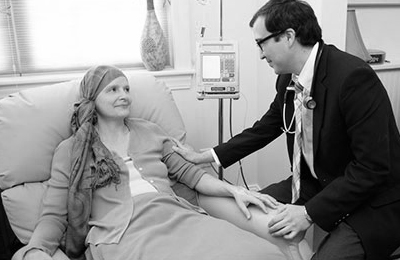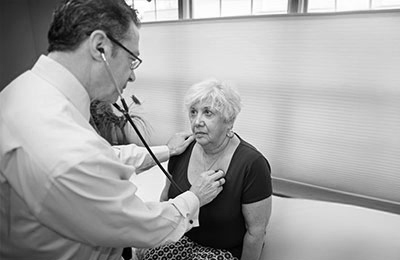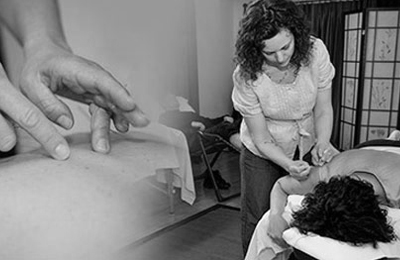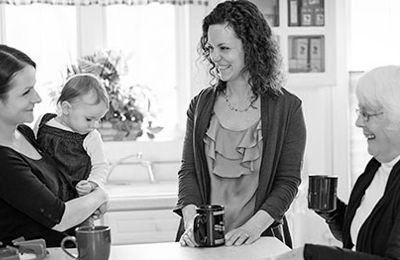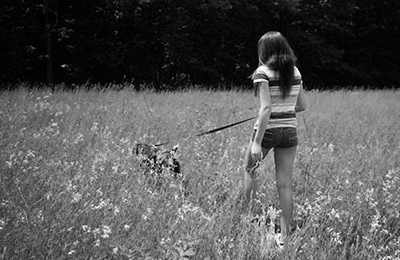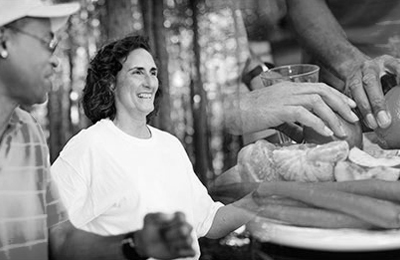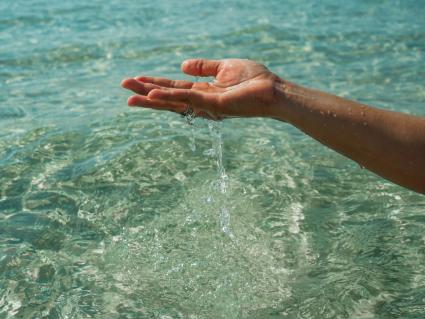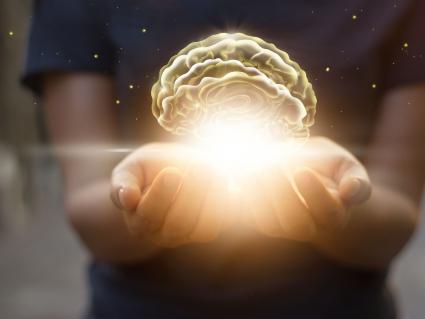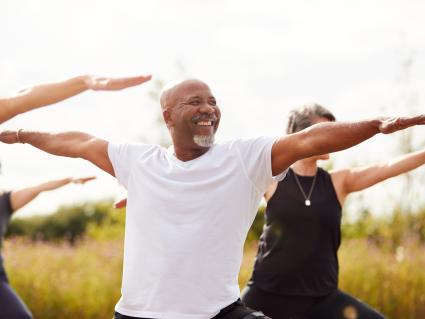What’s Really Going on When You’re Hurting: Trigger Points and Muscle Pain
Spring is here and we’re all out cleaning up our lawns and planting gardens and brushing up on our summer activities. Often we over-do it and get sore. My patients often ask what causes those knots that they feel in their muscles. They often wonder what trigger points are.
Here is what’s often going on when you hurt:
Muscles work in pairs. When one muscle tightens to move a part of the body, the opposite muscle relaxes and lengthens to allow that movement. So one side pulls and the other side relaxes. When there is a muscle strain of any kind, the side that tightens actually pulls too hard or too fast, and the side that lengthens gets over-stretched. To protect the muscles that are over-stretching from reaching the point of tearing, nerve fibers within the muscles themselves immediately makes that over-stretching muscle contract back pretty hard. While it protects against tearing, which is a really good thing, that muscle can also now get stuck in this new, now overly contracted state. This creates a knot in the muscle, and that knot is a trigger point.
When you try to move, the affected muscle tightens even more to protect itself, creating a cycle of pain and more contraction, which causes more pain and then more contraction. You may get other supporting muscles to join in to protect the injured one. We call that splinting. Then the area gets even more painful. You can often feel those areas of contraction as knots in a muscle, and they are very tender to pressure. These trigger points can also cause pain in other areas of the body – this is called referred pain.
How medical massage can help:
There are many massage and bodywork techniques to release the trigger points, ease the pain and get both sides of the affected muscle back into balance. Trigger point work, positional release therapy, myofascial release, craniosacral therapy and myokinesiology can all release these trigger points and help your muscles return to a more balanced, pain free state. Each person responds to these techniques differently so when one technique doesn’t seem to work, another may. This is why I tailor any of my bodywork sessions to the individual clients’ needs. Often my sessions will include a combination of techniques. If you find yourself really sore after an afternoon of spring clean up, come in to the Center and see what some of these techniques can do for you.
Learn more about positional release therapy, and craniosacral therapy.

